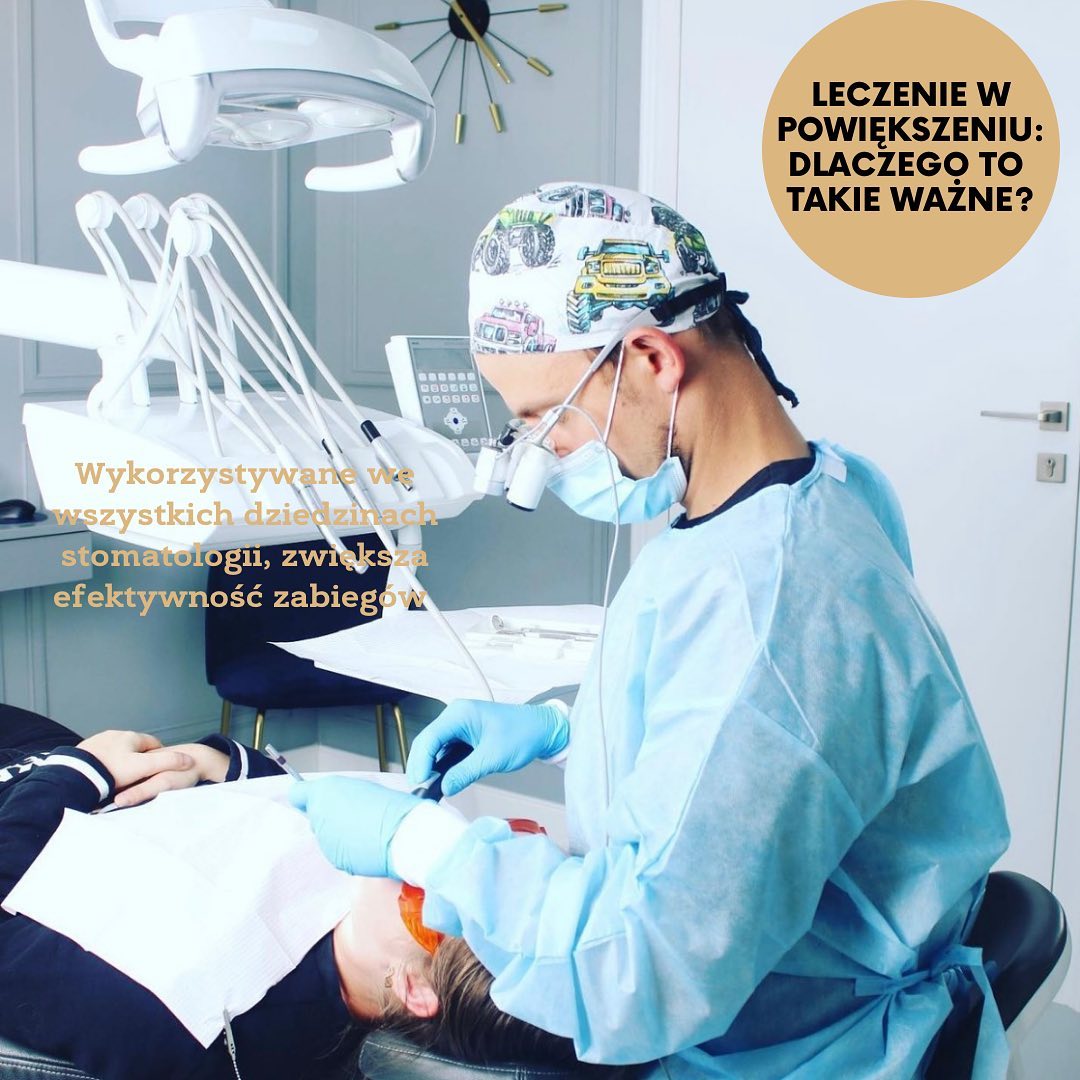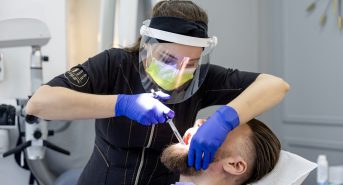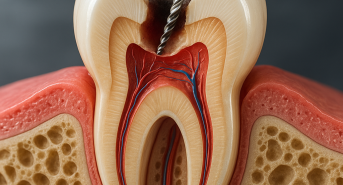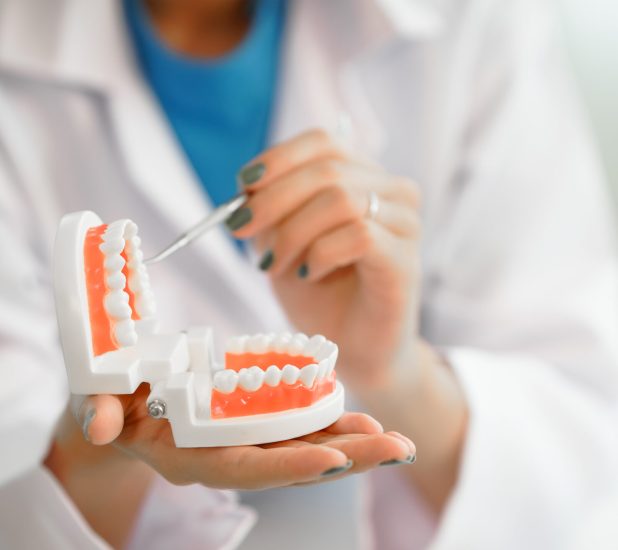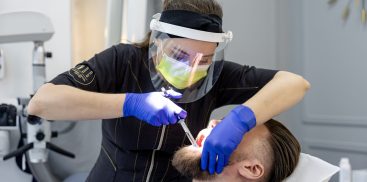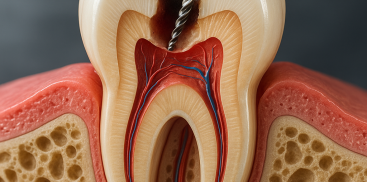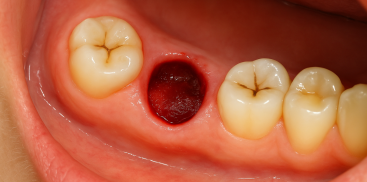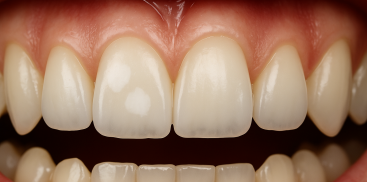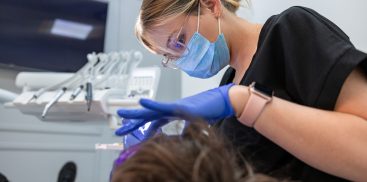Patients visiting a dentist’s office often ask themselves how it is possible that the doctor can see all the cavities or caries on the teeth and how precisely he can perform the procedures, considering that even the smallest mistake can negatively affect the results of the treatment.
One of the key tools that helps eliminate the risk of complications is the use of magnification.
Dentists have two main magnifying tools at their disposal: loupes and a microscope.
Magnifiers are a type of glasses equipped with lenses and lighting that enlarge the image up to four times, while a microscope can enlarge the observed image up to twenty times.
These tools perfectly illuminate the inside of the oral cavity, enabling each treatment to be performed with incredible precision.
Thanks to them, the doctor is able to detect and treat even the smallest outbreaks of caries at an early stage of its development.
When preparing teeth for crowns or veneers, minimal loss of tooth tissue is crucial – and this is where loupes play an important role.
In the case of surgical procedures, they allow tooth extraction to be performed atraumatically, minimizing damage to the structures surrounding the tooth.
In root canal treatment, the use of a microscope has now become a standard all over the world, because without this technology, the doctor would not be able to reach the complex internal structure of the tooth, clean it and properly fill it.
The use of magnifying tools benefits not only the doctor, but also the patient at every stage of treatment, improving the quality and accuracy of procedures performed.
